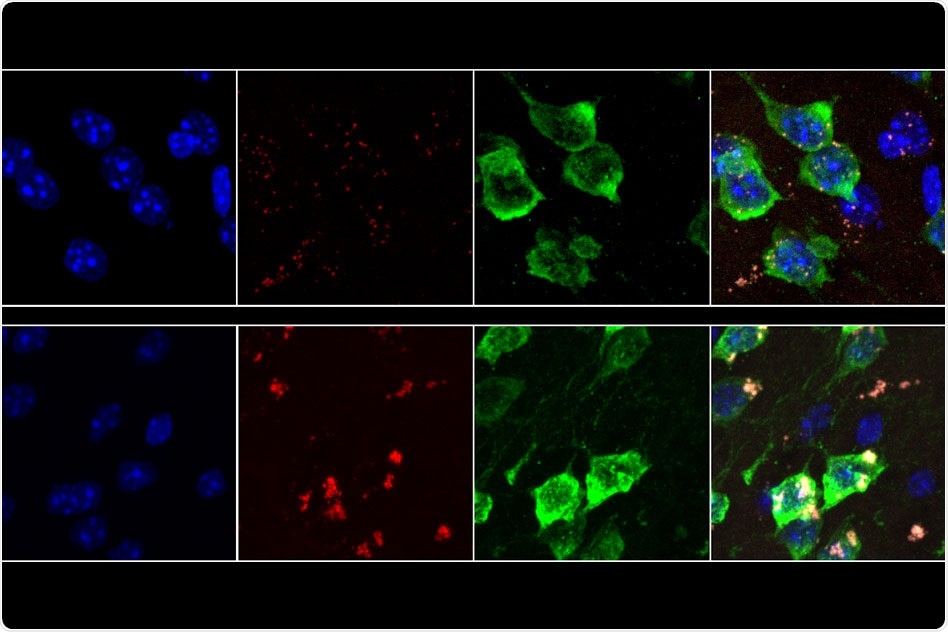One outcome of the aging process is that neurons become damaged by free radicals, a process referred to as oxidative stress.
The MIT researchers have now found that, in some neurons, this damage produces a build-up of short RNA snippets. They think that this accumulation, which can reduce protein production, could be a marker of neurodegenerative diseases.
This phenomenon appears to be a previously unrecognized consequence of oxidative stress, which impacts hundreds of genes and may influence translation and RNA regulation globally."
Christopher Burge, Senior Author
The team used a technique developed by co-senior author Myriam Heiman that isolates and sequences messenger RNA from certain cell types.
Ribosomes within a specific type of cell are tagged with green fluorescent protein, which isolates and sequences RNA present within that cell type only. This enables scientists to identify which proteins are produced by different cell types.
"This is particularly useful in the nervous system where you've got different types of neurons and glia closely intertwined together if you want to isolate the mRNAs from one particular cell type," explains Burge.
The team focused on D1 and D2 spiny projection neurons, which comprise 95% of all neurons found within a brain region called the striatum.
"These two types of neurons are implicated in several neurodegenerative diseases that are aging-related, so it is important to understand how normal aging changes their cellular and molecular properties," says Heiman.
The scientists tagged ribosomes within D1 or D2 neurons taken from younger mice (aged 6 weeks) and older mice (aged 2 years - approximately equivalent to humans in their 70s or 80s).
As described in the journal Cell Reports, they discovered that D1 neurons from older mice contained hundreds of genes that only expressed a short snippet of the original mRNA sequence. This phenomenon was not observed in the D1 neurons of younger mice, or the D2 neurons of older mice.
 Neurons from 19-month-old mice (bottom row) show much higher rates of oxidative stress than neurons from 9-week-old mice (top row). Lipofuscin, a molecule associated with aging-related oxidative stress, appears red. (Credit: Hyeseung Lee)
Neurons from 19-month-old mice (bottom row) show much higher rates of oxidative stress than neurons from 9-week-old mice (top row). Lipofuscin, a molecule associated with aging-related oxidative stress, appears red. (Credit: Hyeseung Lee)
These short RNA snippets, called 3' untranslated regions (UTRs), were found stuck to ribosomes, which stopped the ribosomes being able to assemble normal proteins.
The 3' UTRs appeared to originate from around 400 genes that perform a wide range of functions, while many other genes were unaffected and completely normal, including in D1 neurons from older mice.
The researchers also found that this 3' UTR accumulation occurred in most parts of the human brain and that it gradually increased with age, supporting their hypothesis that oxidative stress causes gradual damage over time.
It is possible that this kind of cellular damage could combine with genetic and environmental factors to produce a general decline in cognitive ability or even neurodegenerative conditions such as Parkinson's disease.”
Christopher Burge, Lead Author
Next, the team intends to conduct further studies to explore the causes and consequences of 3' UTR accumulation in the brain.